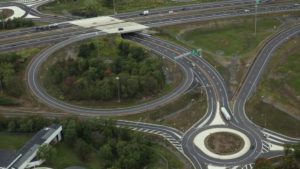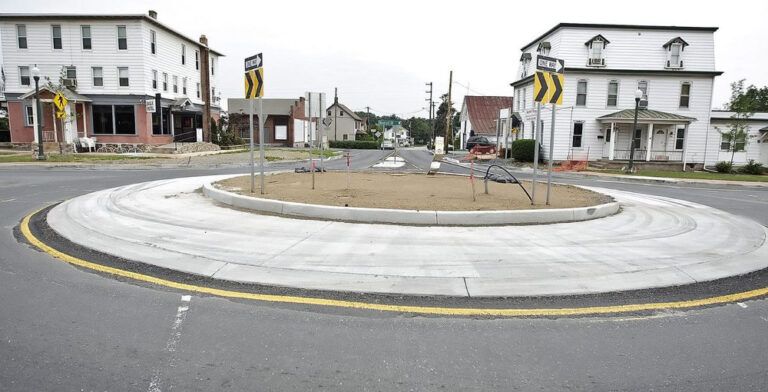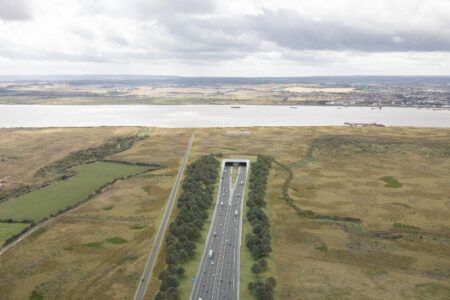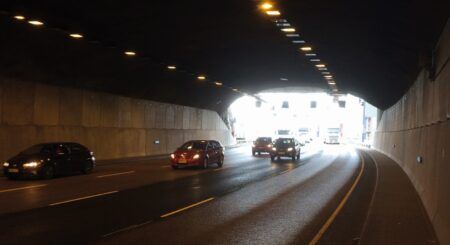Issued during the Federal Highway Administration’s (FHWA) National Roundabout Week (September 16-20), the Pennsylvania Department of Transportation (PennDOT) has revealed that according to its latest data, fatalities, injuries, and crashes decreased overall at 19 roundabouts at 16 locations after they were built.
PennDOT recently reviewed data for 19 roundabouts on state routes (SRs) at intersections that were previously stop or signal controlled. These roundabouts were selected based on having at least three years of crash data available before and after the roundabouts were built, and the 19 chosen comprise all the sites on SRs that met the selection parameters. PennDOT data based on police-submitted crash reports spanning the years 2000 through 2018 shows:
- Fatalities were reduced (from 2 to 0);
- Suspected Serious Injuries were reduced by 90% (from 10 to 1);
- Suspected Minor Injuries were reduced by 79% (from 24 to 5);
- Possible/Unknown Severity Injuries were reduced by 81% (from 70 to 13);
- Property Damage Only crashes increased by 10% (from 69 to 76);
- Total number of crashes decreased by 34% (from 138 to 91).
In addition to the 19 roundabouts meeting the selection criteria, 29 other roundabouts have been built on state routes and over 40 more are in design.
Widely used across the UK and Europe, PennDOT notes that roundabouts are frequently installed to address intersections with safety issues, but may also be installed to improve traffic flow, as well as other reasons such as traffic calming, and to facilitate pedestrian mobility. Although roundabouts are safer and typically more efficient than traditional signalized intersections, in many cases they may not be the best option due to topography or other reasons, such as property impacts, capacity issues and proximity to other intersections.
Roundabouts are recognized by the Pennsylvania State Transportation Innovation Council (STIC) as an innovation that has become standard practice within the transportation community. The Pennsylvania STIC facilitates the rapid implementation of proven, well-researched and documented state, regional, national and international technologies, tactics, techniques and any other innovations that are new to the state. To educate citizens on how to navigate a roundabout, PennDOT created a video on how to use both single and multi-lane roundabouts whether in a vehicle, on a bicycle or on foot.
“We are glad to promote the use of roundabouts throughout the commonwealth,” said PennDOT secretary, Leslie S Richards. “The facts speak for themselves. Roundabouts save lives and reduce crash severity over standard stop or signal controlled intersections.”
According to the FHWA, there are currently more than 4,000 roundabouts in the USA. PennDOT’s findings are mirrored in the City of Carmel in Indiana, which names itself as the country’s ‘roundabout capital’ with 126 deployments and seven more under construction. At locations where roundabouts have replaced signals or stop signs at intersections, Carmel reveals:
- Crashes with injuries decreased by 80%;
- Property damage to cars has gone down 40%;
- Compared to an intersection with traffic lights, 50% more vehicles are able to travel through a roundabout each day.
“Roundabouts reduce severe crashes compared to traditional two-way stop-controlled intersections,” said Mayor Jim Brainard. “They also have huge environmental benefits. They save thousands of gallons of fuel annually for every roundabout because cars yield as opposed to stopping.”





